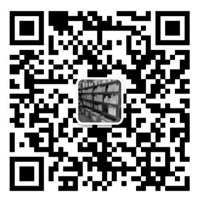-
-
Product
-

20
2024
-
03
Rolling bearing type selection-04-1
According to experience, the most suitable working clearance of ball bearings is close to zero; roller bearings should maintain a small amount of working clearance. In components that require good support rigidity, the bearing is allowed to have a certain value of preload force. It is particularly pointed out here that the so-called working clearance refers to the clearance of the bearing under actual operating conditions. There is also a kind of clearance called original clearance, which refers to the clearance before the bearing is installed. The original clearance is greater than the installed clearance. Our choice of clearance is mainly to select the appropriate working clearance.
The clearance values stipulated in the national standards are divided into three groups: basic group (group 0), small clearance auxiliary group (groups 1, 2) and large clearance auxiliary group (groups 3, 4, 5). When selecting, under normal working conditions, it is advisable to give priority to the basic set so that the bearing can obtain appropriate working clearance. When the basic set cannot meet the usage requirements, the auxiliary set clearance should be selected. The large clearance auxiliary group is suitable for interference fits between bearings, shafts and housing holes. The temperature difference between the inner and outer rings of the bearing is large. Deep groove ball bearings need to bear large axial loads or need to improve the alignment performance. The center requires an increase in the limit speed and Reduce bearing friction torque and other occasions; the small clearance auxiliary group is suitable for occasions that require higher rotational accuracy, strictly control the axial displacement of the housing hole, and reduce vibration and noise. The radial clearance of various types of bearings is specified in national standards.
Contact
Phone:+8613585510566
Email:sales@rm-bearing.com
WhatsApp No:+8613585510566
Wechat No:13585510566
Address:63 Liantai Road, Baoshan District, Shanghai


©2023 Shanghai Ruomi Bearing Co., Ltd. SEO Business License


